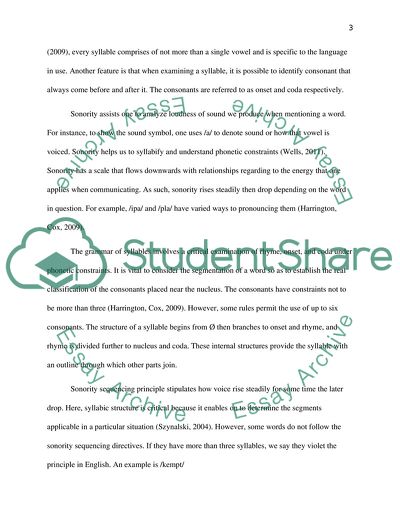Cite this document
(Aids to Linguistics Coursework Example | Topics and Well Written Essays - 2000 words, n.d.)
Aids to Linguistics Coursework Example | Topics and Well Written Essays - 2000 words. https://studentshare.org/humanitarian/1850106-phonetics-and-phonologygrammar-and-structure
Aids to Linguistics Coursework Example | Topics and Well Written Essays - 2000 words. https://studentshare.org/humanitarian/1850106-phonetics-and-phonologygrammar-and-structure
(Aids to Linguistics Coursework Example | Topics and Well Written Essays - 2000 Words)
Aids to Linguistics Coursework Example | Topics and Well Written Essays - 2000 Words. https://studentshare.org/humanitarian/1850106-phonetics-and-phonologygrammar-and-structure.
Aids to Linguistics Coursework Example | Topics and Well Written Essays - 2000 Words. https://studentshare.org/humanitarian/1850106-phonetics-and-phonologygrammar-and-structure.
“Aids to Linguistics Coursework Example | Topics and Well Written Essays - 2000 Words”. https://studentshare.org/humanitarian/1850106-phonetics-and-phonologygrammar-and-structure.


